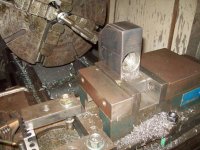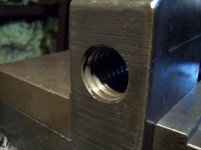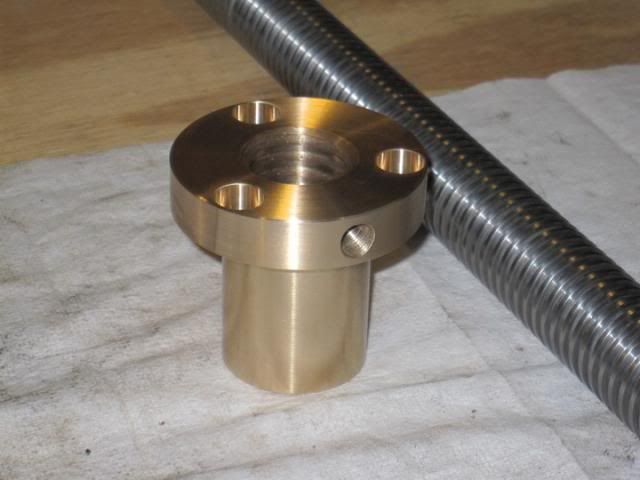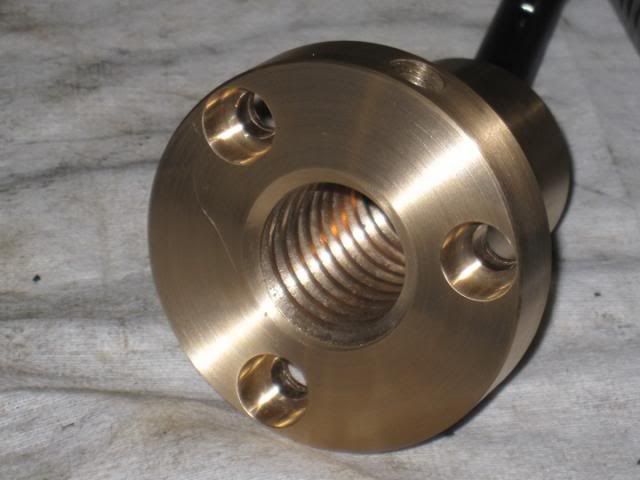Finegrain
Diamond
- Joined
- Sep 6, 2007
- Location
- Seattle, Washington
I need to cut 1.25" x 5 TPI Acme internal threads. I generally use lay down threading inserts.
3/4" bars seem to max out at 3/8" IC threading inserts, at least the good ones with swappable anvil for changing helix angle.
Haven't found any 5 TPI Acme 3/8" IC inserts.
1" bar is too big for 1.25" x 5 TPI internal Acme.
Is there another insert type that I can do 1.25" x 5 Acme with?
Thanks, and regards.
Mike
3/4" bars seem to max out at 3/8" IC threading inserts, at least the good ones with swappable anvil for changing helix angle.
Haven't found any 5 TPI Acme 3/8" IC inserts.
1" bar is too big for 1.25" x 5 TPI internal Acme.
Is there another insert type that I can do 1.25" x 5 Acme with?
Thanks, and regards.
Mike


 .
.





